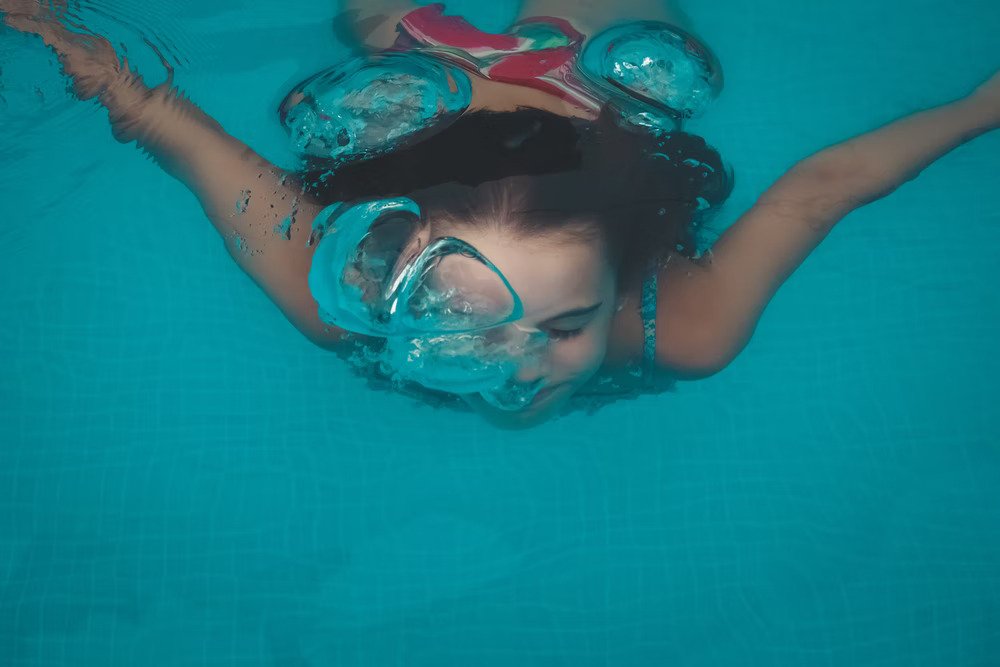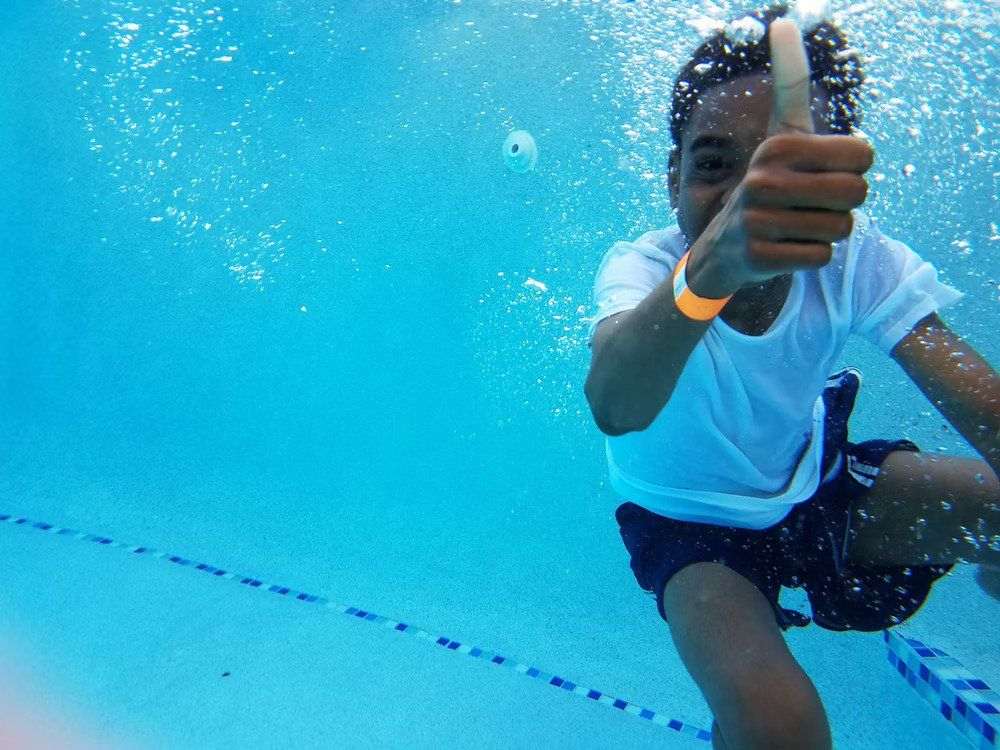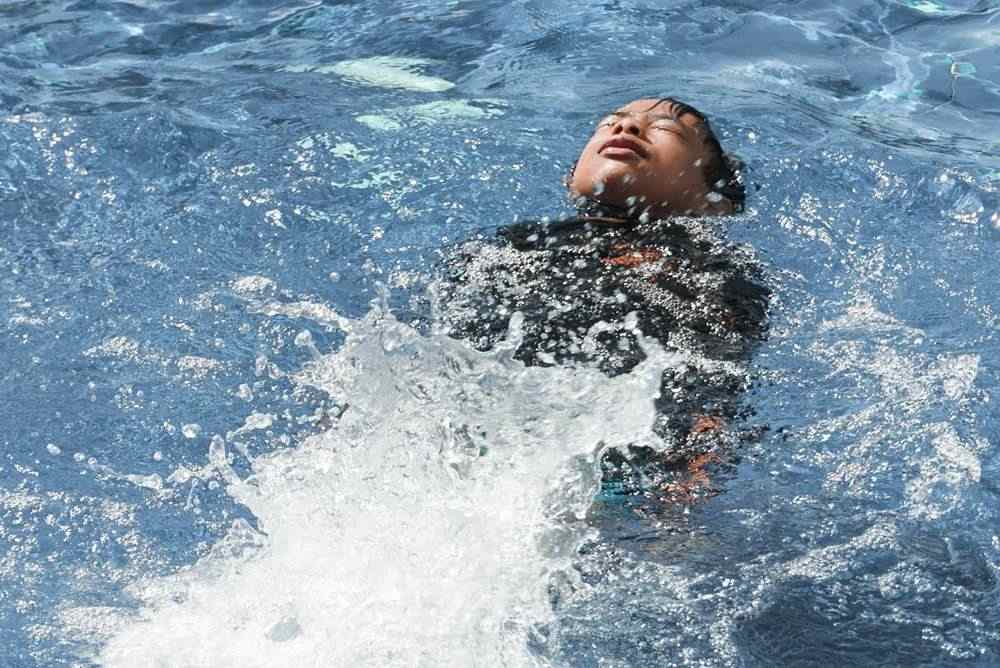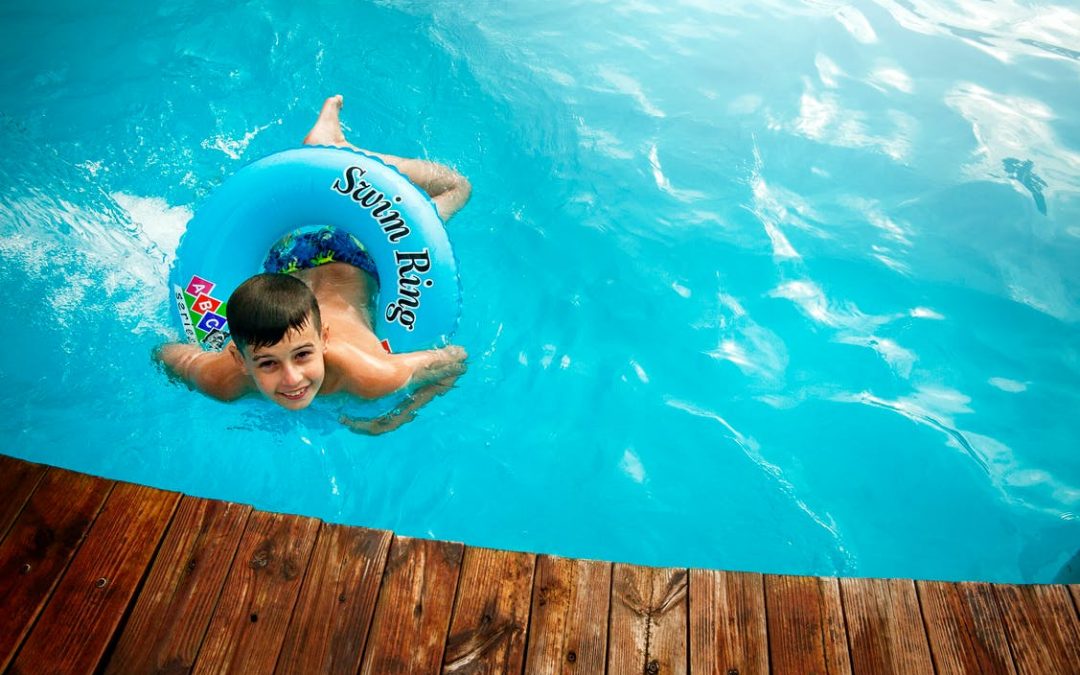10 Must-Know Swimming Safety Tips for Children
Swimming is a full body workout and is considered a good physical activity for children that provides them with multiple benefits. It is also thought to be a family activity due to the fun it brings with little ones splashing around while the parents are in a relaxing mode.
There is no doubt that swimming is a fun-packed activity but unfortunately, many people fail to recognize the dangers of swimming that may harm inexperienced swimmers. And this minor negligence on the end of parents may lead to some serious, life-threatening consequences.
Swimming – A Safety Hazard!
Statistics tell that very minute somebody drowns in US water. Also, it causes the most deaths in the younger population between ages 5 and 14.

In short, we can say that letting children swim without providing them with proper swim lessons is nearly setting a death trap for them.
It is high time to apprehend the necessity of swimming safety. This guide will provide you with a detailed account of water safety so you can better supervise and equip your young child.
General Water Safety Tips
Parents usually take the sport casually and do not educate their young children about general water safety. Below mentioned are some of the safety tips that can help minimize the risks.
- We can relate the importance of road safety. Teach your children about water safety just the way you taught them about looking the right and left while crossing the road.
- Tell them why it is important to wear life jackets to ensure their risk-free water experience.
- Educate them why the kids shouldn’t go swimming without their parents. Talk about the severity of the subject and equip them with possible tips to avoid any accidents while in water.
10 Most Important Swimming Safety Tips For Children
Below mentioned are 10 most important swim lessons and water safety tips that you need for your children before allowing them to swim.
1. Don’t let them swim alone
Swimming should only occur when lifeguards are present to watch people at pools or at sea. The responsibilities include watching the swimmers and advising them regarding possible risks and unsafe conditions. They are trained to respond quickly in case of a drowning event.
2. Supervise children when they are around water
Parents and guardians should be extra vigilant around water and should keep their children, especially the young ones at their arm’s length. This rule should be applicable to pools, lakes, seas, and baths.
Parents of younger children should always remain close by. Even seasoned swimmers must have the necessary training for dangerous activities like flip-flops and diving.
3. Avoid playing breathing games
The children should stay calm while swimming as they may drown or be exposed to several other risks. That’s why it is advised to avoid playing breathing games. Otherwise, it may lead to a mishap.

Also, when taking part in competitions, the children should be taught proper breathing techniques to prevent problems at competitions.
4. Life vest is mandatory
During water activities, children and adults can wear an approved Coast Guard Lifeguard. Some product names that claim to aid in the survival of children are marketed for the use of swimming in pools.

Use these swimming tools especially when parents or trusted guardians are not near children to ensure safety. The life jacket may help save you from a drowning incident, but nothing is full proof.
5. Keep yourself distant from pool drains
It is advised for kids to stay away from pool drains because it involves the risk of accidents. That’s because children’s hair, and swimwear limbs have stuck into broken drains, causing drowning or even severe injuries.
Teach children about avoiding pools if they see leaking sewage drains or other damage in their environment.
6. Stay in designated swimming areas
Swimming in water or on the shore is important. Teach kids about the importance of ropes. Never encourage the child to swim in waters deeper than his/her ability allows.
7. Avoid jumping in the water to rescue anyone else
It has been observed that children often instinctively jump into the water while observing their younger siblings or friend trying hard to stay on top of the water. This act of rescuing others is not appreciated as it is possible that the two people drown themselves instead of saving one.
Therefore, it is crucial to teach your children to handle such scenarios properly. In this regard, one of the safety around water programs recommends a technique known as Reach Throw. With the help of this technique, children are able to easily assist their fellows without risking their lives.
8. Avoid drinking alcohol
This tip or advice primarily applies to children above 18. Talking to teenagers about alcohol is a key part of the conversation. Alcohol interferes in judging and balance leaving an adverse impact on swimming abilities.
Teens and young adults drinking in a poolside setting is common on television and in films, so make sure that your teenager understands how mixing water and alcohol can be dangerous.
9. Enter the water properly
Severe accidents are often seen when a child jumps into shallow water. Please ensure your children know the proper procedure to enter the pool.
Tell children that jumping and diving are safe and that you should show them the way they can do this in an easy and safe way.
10. Learn CPR
Despite the hope of a safe life on the sea or poolside, unfortunate events have become the reality. In drowning cases or accidents in pools, bystanders have usually the most immediate ability to intervene and respond.
As parents who oversee children, you must understand the lifesaving methods such as CPR for children as well. CPR knowledge is vital to survival. Get your CPR certificate through a hospital, your local hospital, or another organization.
Other Water Safety Devices
Until now, we haven’t discussed the existence of swimming pool noodles, floaters, inflatable chairs, and inflatable toys.

Inflatable toys, floating floaties or water wings provide educational support as children become interested in the sport of swimming. These are best for instances in which a child is under good adult supervision and this means the adults can be in the arms range when a child struggles.
If properly used they can help children gain confidence while experimenting with water and learning both their abilities as well as limitations.
Learn More About Swimming Safety through this FAQ Section
No worries, if you are not completely cleared about swim safety or have some additional safety-related queries popping up in your mind. Because this FAQ section will wipe out all your concerns regarding water safety, more particularly swimming safety.
What is swimming safety?
Swimming safety plays a pivotal role in making your experience more delightful. As we know that swimming is an incredibly great sport that helps children grow better. However, it also involves certain risks, especially for kids.
Since it offers direct water exposure to the children, therefore, it is imperative to understand the necessity of swimming safety. For that, experts believe to perform certain precautionary measures to avoid any unfortunate incident.
What is the most essential practice for safe swimming?
It is thought that safe swimming is all you need to relax your mind. Plus, it is also a good physical activity if it’s fully safe and secured for the swimmers.
However, the most important rule for having a safe swimming experience is strict adherence to all the tips and precautionary measures that experts suggest.
Why safety is important in swimming?
There is no doubt that swimming is a benevolent sport that fosters a healthy mental and physical state. However, where it brings a lot of benefits, it also involves certain risks that may be life-threatening too.
That’s why it is important to ensure a safe swimming experience whether you are swimming in an open area, pool, lake, or ocean.
The Final Word
To conclude, swimming is a great fun activity along with being a good physical sport. Unfortunately, this great fun activity can turn into a life-threatening incident if not performed properly. Being properly performed means enacting all the water safety precautions while swimming.
It is paramount for young swimmers to be aware of water safety. Provided that, we have mentioned above the most important swimming safety tips to ensure a more delightful and risk-free swimming experience for your kids.
Also, for more guidance, you can enroll your young children in any water program where they can practically perform all these tips.

